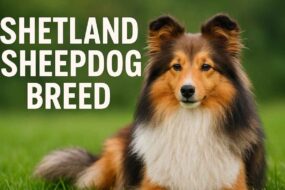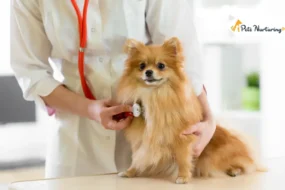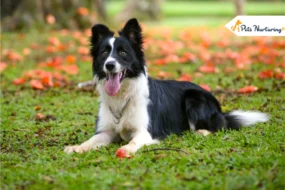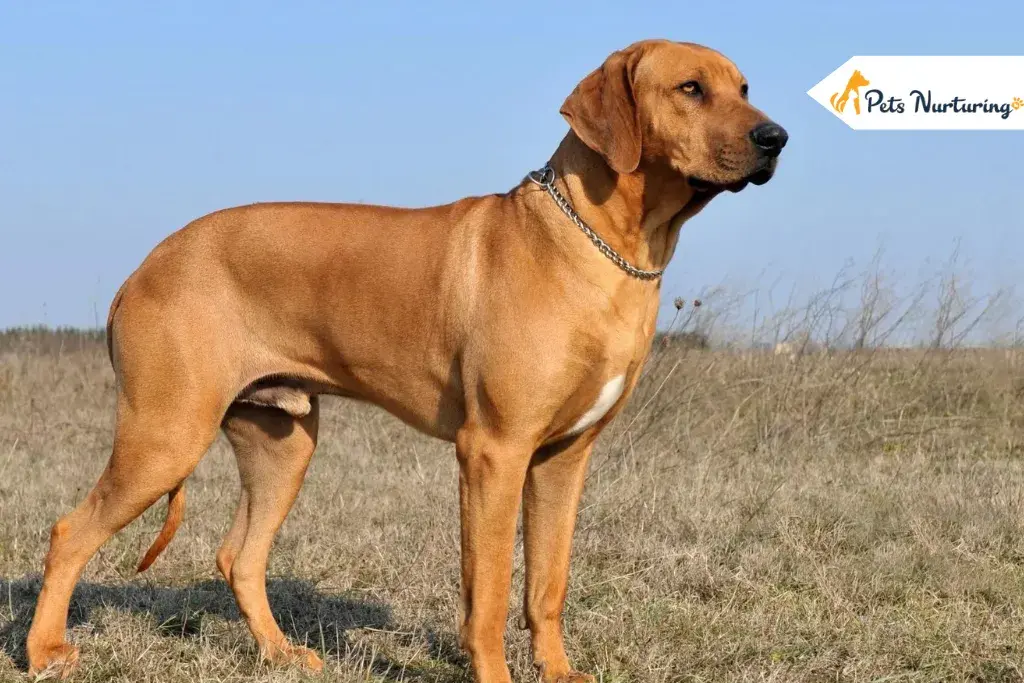
Having a faithful and independent pet is everyone’s dream, and this breed is a fulfillment of your dreams. Learning about the Rhodesian ridgeback breed is a great eye-opener to the amazing features of this breed.
- History of the Rhodesian Ridgeback
- Uses of a Rhodesian Ridgeback
- Pros and Cons of a Rhodesian Ridgeback
- Temperament of a Ridgeback Dog
- Grooming a Rhodesian Ridgeback
- Exercise of a Rhodesian Ridgeback
- Training a Rhodesian Ridgeback
- Health Issues Faced By a Rhodesian Ridgeback
- Nutrition of a Rhodesian Ridgeback
History of the Rhodesian Ridgeback
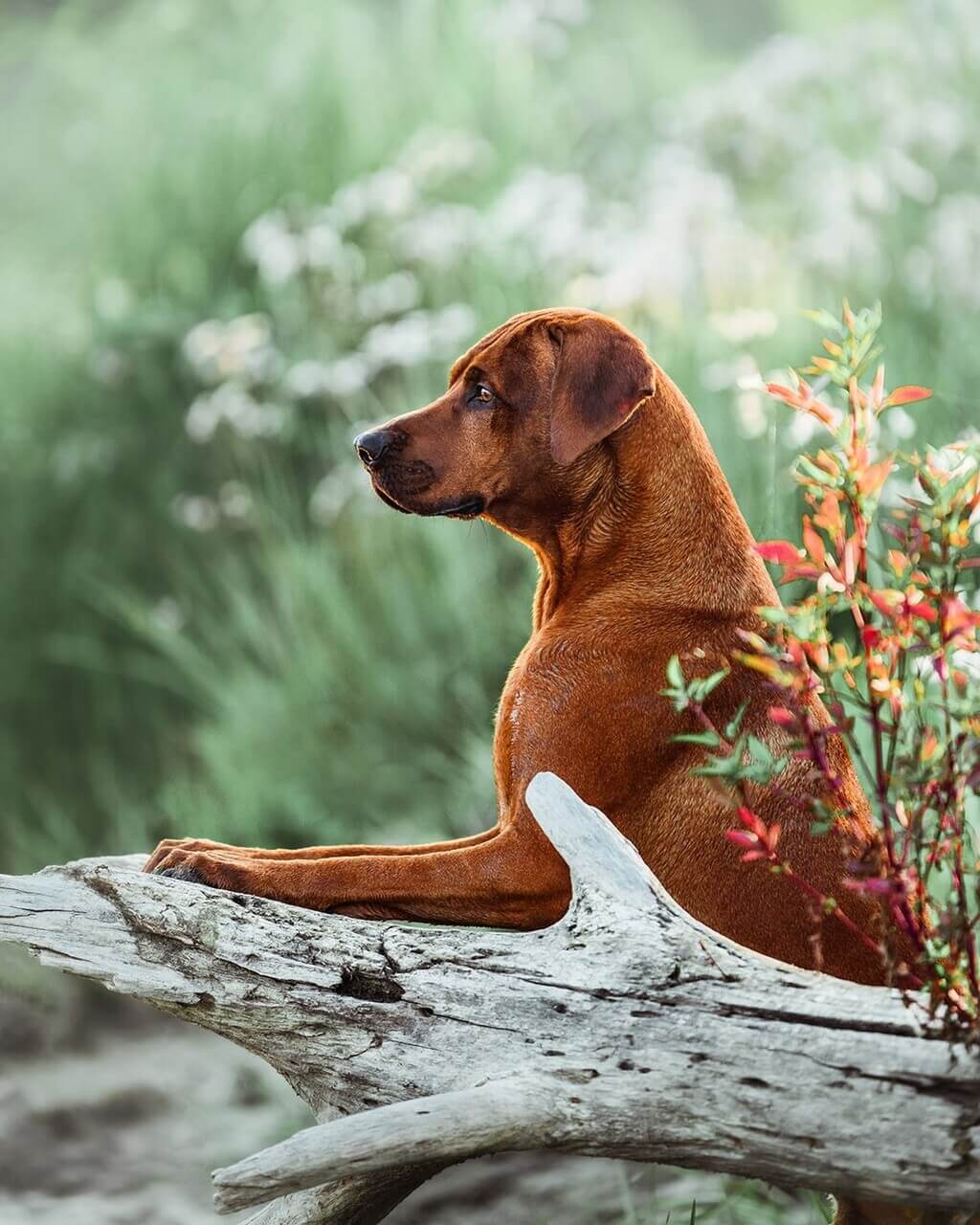
The origins of this breed continue to be hotly contested. They are thought to be related to African canines that sailors or settlers brought to Africa and Europe. The Dutch settlers who first settled in South Africa imported dogs with them, and these canines eventually evolved into the breed known as the Rhodesian Ridgeback. Native South Africans held the Kalahari and Khoisan hunting canines to be ancestors of the Rhodesian Ridgeback.
The breed was created as a hunting dog, but they also make wonderful family pets if given enough room. The ridge of hair on the breed’s back and neck, which is visible in most litters, gave rise to its name. The first owners of this breed were farmers who wanted dogs that could protect them from wild animals and predators. Today, this breed is still used by farmers and hunters all over the world. It is also known as the African Lion King.
Rhodesian Ridgeback Dog Breed Overview
Breed Name : Rhodesian Ridgeback
Breed Group: Hound
Height: 24-29 Inches
Weight: 79-106 lbs
Lifespan: 10-13 years
Coat: Short and dense, sleek and glossy in appearance
Color: Light wheaten to red wheaten. A little white on the chest and toes is permissible. A dark muzzle and ears are permissible. Excessive black hair throughout the coat is undesirable. Two nose colors are permissible, black and liver.
Temperament: Sensitive, Mischievous, Intelligent, Dignified, Loyal, Strong Willed
Needs for Grooming: Weekly brushing and occasional bathing.
Hypoallergenic: No
Origin: Rhodesia
Uses of a Rhodesian Ridgeback
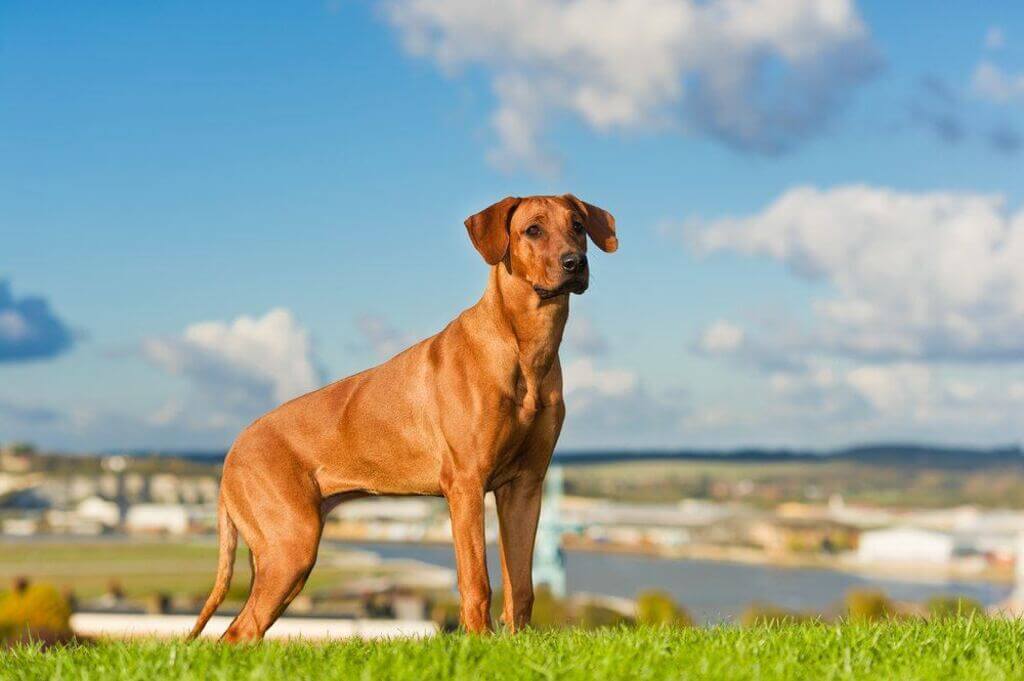
This breed of dog can serve various functions. These include
- Family pets: The Rhodesian Ridgeback is a very active dog that enjoys being outdoors. It is an excellent family dog and loves children. Rhodesian Ridgeback puppies are affectionate with their owners.
- Tracking and guard dogs: The Rhodesian ridgeback dog breed has an excellent sense of smell and can detect smells from very far away. It can also track down wounded games or lost objects with ease.
Hunting dog: The Rhodesian ridgeback dog breed is a hunting dog with a strong and muscular body. The ridge of its back is extremely prominent, which gives it a noble and imposing appearance. They’re a popular choice for hunters because they’re intelligent and agile.
Pros and Cons of a Rhodesian Ridgeback

Pros
- They are very loyal to their family and want to protect them at all times.
- They have a high pain tolerance, which makes them great hunting dogs as they can go on long hunts without too much trouble.
- They are an intelligent breed and can easily learn tricks if they are trained properly.
- This breed is very active and loves to play with other dogs and humans alike.
- These dogs are also very easy to train, especially if you use positive reinforcement training methods.
Cons
- The Rhodesian ridgeback is a very active dog. They can be excitable and need lots of exercise.
- The Rhodesian ridgeback has a short coat that requires frequent grooming.
- They are prone to hip dysplasia, which may require surgery.
- The Rhodesian ridgeback does not like to be alone for long periods.
- Potential aggression toward other animals and chasing instincts- destructiveness when bored or not exercised enough.
Temperament of a Ridgeback Dog
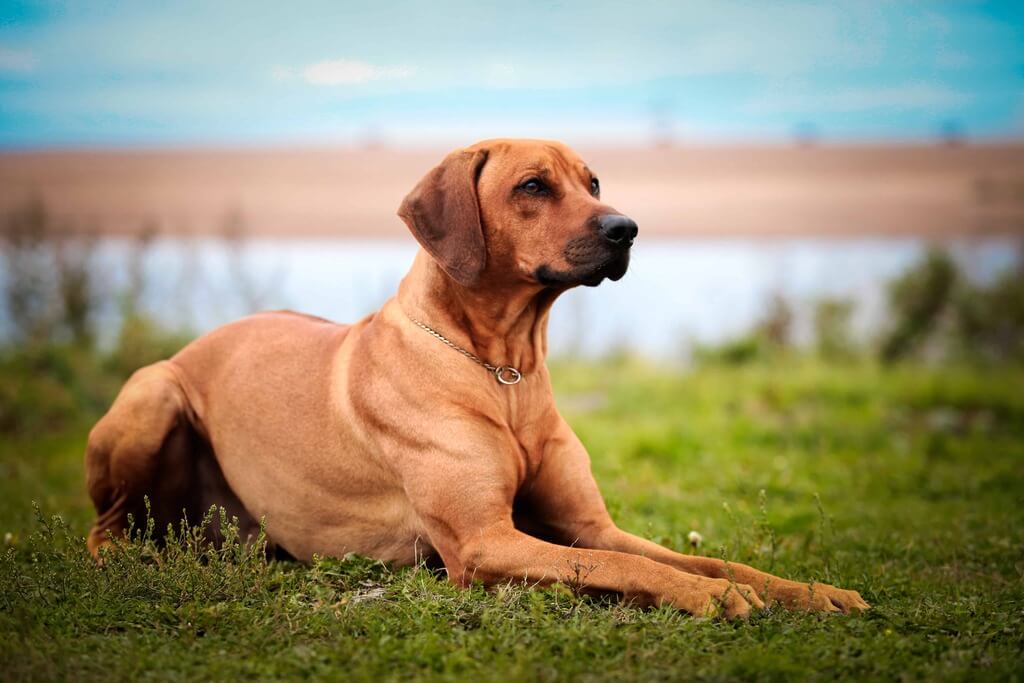
This dog breed is intelligent and obedient and has a high level of protective instincts inherited from its wolf ancestors. They are also territorial and can become aggressive when they feel threatened.
Grooming a Rhodesian Ridgeback
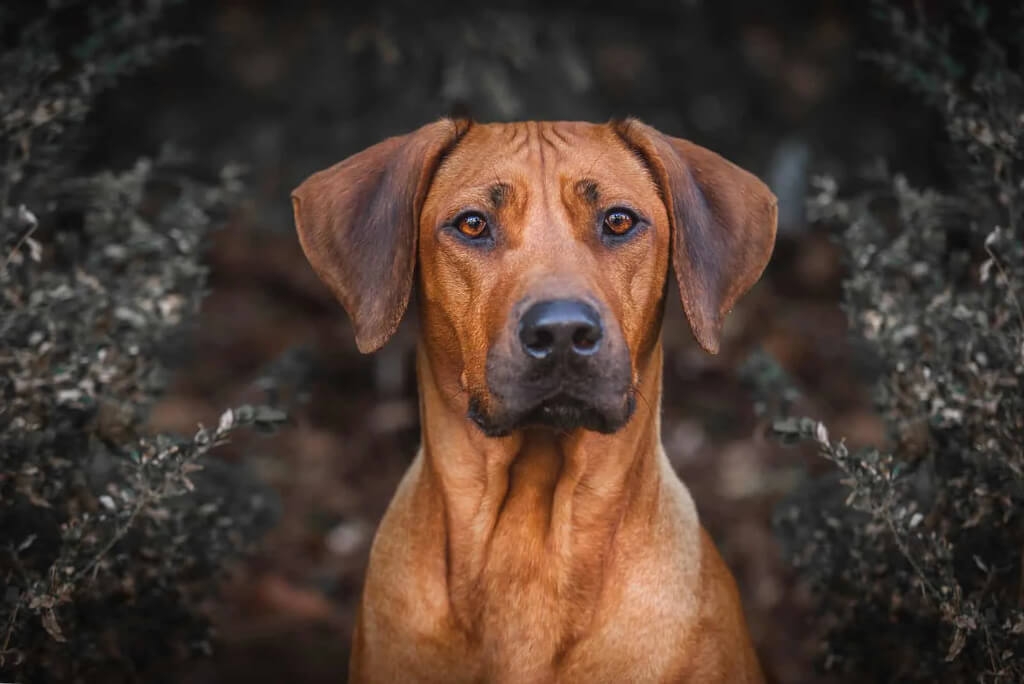
The beauty and health of your Rhodesian ridgeback coat depend on regular grooming. When you take him for walks or when he gets home from work, you should groom him since it keeps his coat shiny and healthy.
If you want to maintain your Rhodesian ridgeback looking beautiful, you should only do this frequently. To get rid of extra hair and keep your Rhodesian ridgeback looking his best, brush him every day.
If he scratches constantly, you might also want to cut his nails once a month if they grow too long. Use nail grinder made for dogs with thick nails instead of standard human-use clippers if you don’t want your dog’s nails clipped (which can cause bleeding). Use caution when clipping your Rhodesian ridgeback’s nails because he may bite down hard on the nail clipper if he gets too excited about being handled (especially when he sees the reflection from the mirror or window).
To help prevent matting and tangles in your dog’s fur, use a shedding tool at least once per month or as needed. This tool has a comb-like device attached that gently removes dead hair from your pet’s coat without pulling out live ones.
Exercise of a Rhodesian Ridgeback
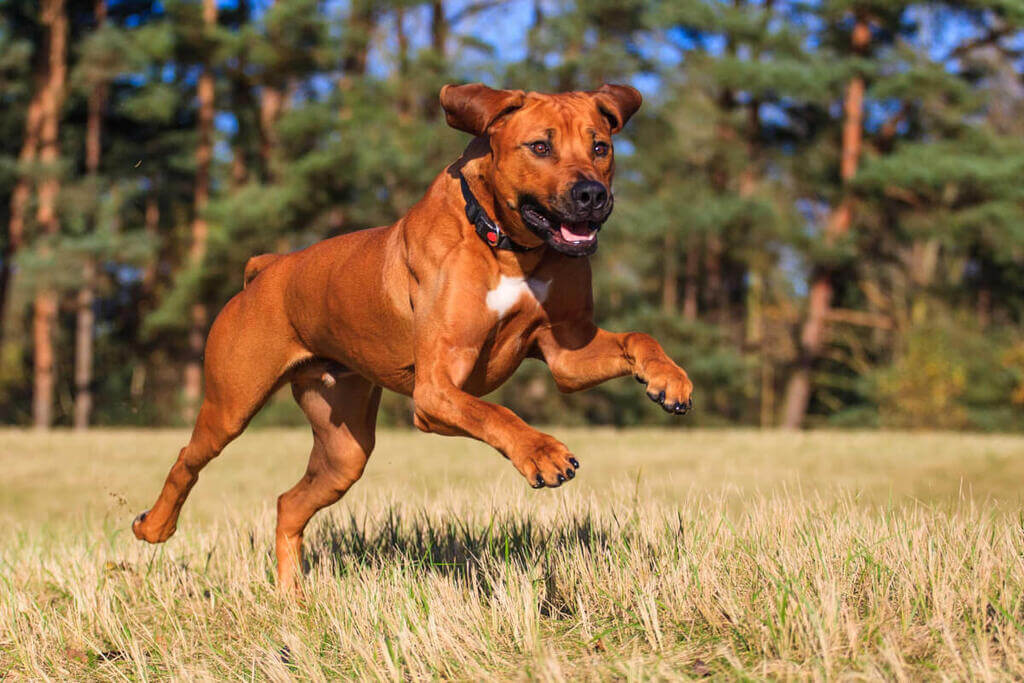
Exercising your Rhodesian ridgeback is not only beneficial to their health and well-being but also enhances their overall appearance. Rhodesian ridgebacks are known for their athleticism and endurance, especially when it comes to physical activity.
They love to run and play, which means that there are many ways you can work out with your Rhodesian ridgeback. However, not all exercise is appropriate for this breed of dog. Some activities are particularly dangerous for these dogs and should be avoided at all costs.
Here are some exercises that are safe for the breed:
- Jogging: This is a great way to keep your Rhodesian Ridgeback in shape as they age. Running on a treadmill or jogging outside on a trail will help them maintain their muscle tone and keep them active throughout their lives.
- Playing fetch with your Rhodesian Ridgeback will help them burn off excess energy while also keeping them entertained and busy during the day. If you have a large yard or park available, invite friends over so everyone gets involved!
- Swimming: Swimming is an excellent way to exercise your Rhodesian Ridgeback as it burns calories quickly without putting strain on joints or muscles too much.
Training a Rhodesian Ridgeback
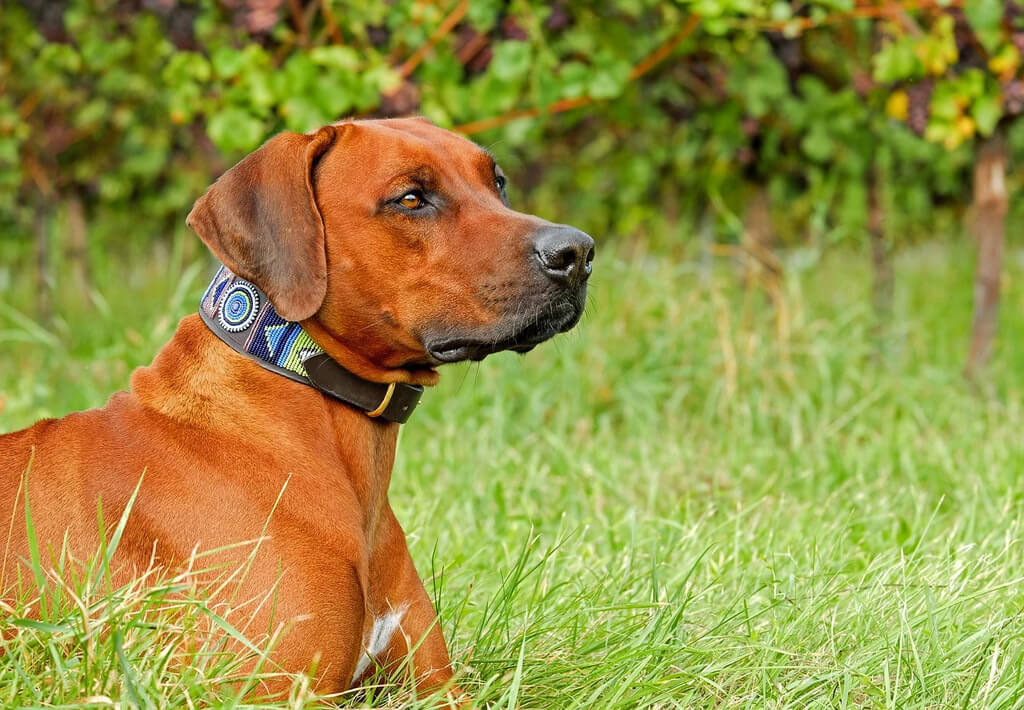
Training ridgeback puppies is an amazing experience. You can expect to train a Rhodesian ridgeback for years, and the results can be life-changing for you and your dog. A Rhodesian ridgeback is a great breed for an active family, as they love to run and play. They are also ideal for an active person who wants to spend time with his dog each day.
Rhodesian ridgebacks are very intelligent dogs, so training them will not be difficult at all. It will be fun! They love learning new things, which makes training them easy because they want to learn more! Here are things to consider when training your ridgeback puppies. You can’t train a dog that doesn’t know how to listen and obey, so it’s important to start with obedience training from the beginning. This will teach your dog what is expected of her and help her develop good manners in the house and out in public.
Create an Environment for Training
It should be done indoors where nothing is distracting, such as dogs or children running around outside. The goal here is for your dog to learn how to behave when she’s alone without these distractions present.
Your dog needs to understand what you want from her, and she has to respond accordingly when the time comes for training outside or during public events like walks around town or visits from friends who come over at random. These events can occur throughout the day without warning or notice beforehand, which may cause unwanted attention towards your dog (like being barked at or kicked by other dogs).
Put the Dog in a Crate
Make sure it’s large enough for your dog to stand up and turn around. If you don’t have one of those, or if your dog is too big for one, just use a large box instead. You can also try using a small pen or kennel that will fit in your home.
- Next, take your dog out of its crate and give it some time to acclimate itself to being free from confinement before starting the training process. This may take anywhere from 30 minutes to an hour; let your dog get used to being free before trying to start training it.
- Once your dog is comfortable being free from confinement, it’s time for training! The most important thing here is consistency—you need to be consistent with everything you do with your dog so that it learns how things work without any confusion or doubt on its part about what’s going on around them at all times!
- Use a harness instead of a collar when walking your dog outside or around the yard. A harness will keep him from pulling on the leash and causing an accident while also giving him a sense of security when he’s out on walks with you.
- Don’t feed your dog before bedtime unless he’s had enough exercise during the day—this can cause digestive upsets later on!
The most important thing when training your Rhodesian Ridgeback puppies is consistency. You must always do what you say you will do! If you don’t follow through with what you promise, then they won’t learn anything new or useful about their behavior or environment around people or animals.
This can cause problems later on down the line in their life if left unaddressed over time, such as aggression towards others in general due to lack of.
Health Issues Faced By a Rhodesian Ridgeback
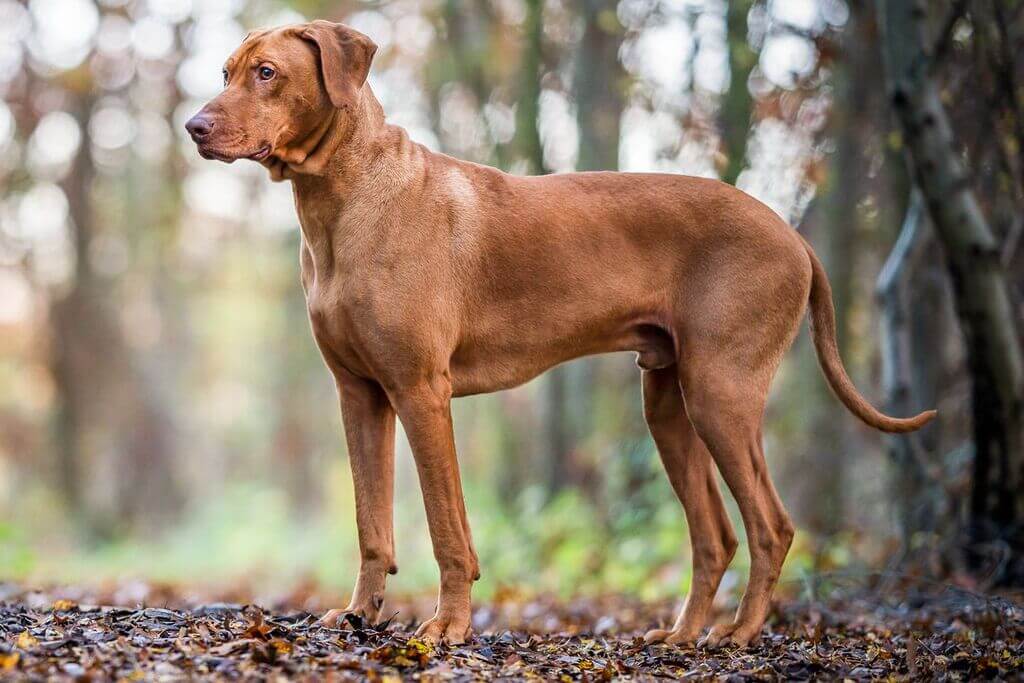
It is important to know that these dogs are prone to health issues. Some of these include eye issues like juvenile cataracts and progressive retinal atrophy (PRA). Other common health problems include hip dysplasia and heart disease. This condition can be diagnosed by X-rays, and it can be treated with surgery or medication. The other common health issue in this breed is allergies, but this can be treated with medications and a change of diet.
Nutrition of a Rhodesian Ridgeback
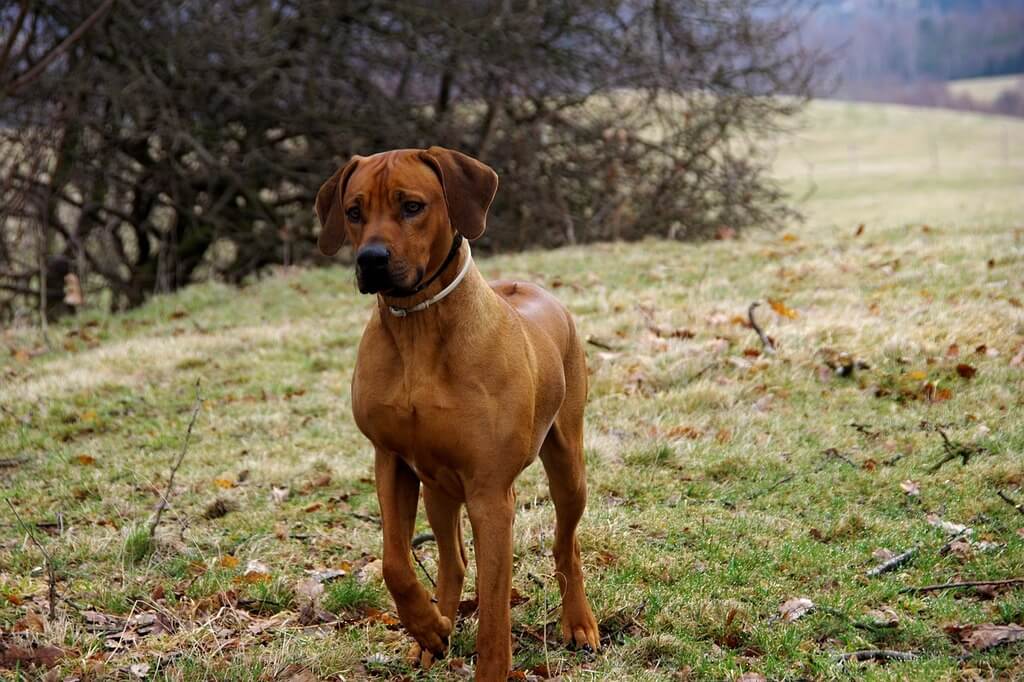
The Rhodesian ridgeback is a breed of dog that has been bred for hunting. This means that they have a high energy level and need to be fed a diet that is high in protein. The best foods for Rhodesian ridgeback puppies are those with a high protein content, such as raw meat or canned fish. The food should also have appropriate fat and carbohydrates to maintain the dog’s weight.
Conclusion
You now have all the knowledge you need to get your Rhodesian ridgeback dog breed. Many people are looking for a dog breed that is not aggressive, loyal, and good with children. The Rhodesian ridgeback has all these qualities. The Rhodesian ridgeback is an energetic, versatile, and friendly dog breed that is not too expensive. The Rhodesian ridgeback price is very affordable. You can find rhodesian ridgeback puppies for sale at pet stores; get yours now.
For more information:








